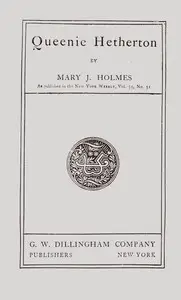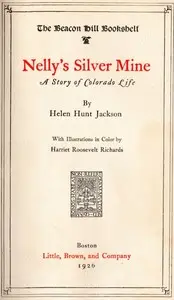"Hetty's Strange History" by Helen Hunt Jackson is a story set in motion by the passing of Hetty Gunn's parents, a 35-year-old woman now finds herself in charge of the family farmhouse and farm. Her newfound independence and the quiet of her days stir speculation among those around her, as the community wonders when she might marry, leading her down a path where she will discover more about herself and the spirit passed down from her grandfather, Squire Gunn. As Hetty takes over her responsibilities, she is seemingly unaware to the romantic intentions from the townsfolk men. As Hetty reconciles her responsibilities with what she wants personally, she must also contend with the pressures of those around her that believe she should fall into more traditional roles.

Hetty's Strange History
By Helen Hunt Jackson
A woman's inheritance sets the stage for self-discovery as she ignores expectations, challenging conventional roles.
Summary
About the AuthorHelen Hunt Jackson was an American poet and writer who became an activist on behalf of improved treatment of Native Americans by the United States government. She described the adverse effects of government actions in her history A Century of Dishonor (1881). Her popular novel Ramona (1884) dramatized the federal government's mistreatment of Native Americans in Southern California after the Mexican–American War and attracted considerable attention to her cause. Commercially successful, it was estimated to have been reprinted 300 times, with readers liking its romantic and picturesque qualities more than its political content. The novel was so popular that it attracted many tourists to Southern California who wanted to see places from the book.
Helen Hunt Jackson was an American poet and writer who became an activist on behalf of improved treatment of Native Americans by the United States government. She described the adverse effects of government actions in her history A Century of Dishonor (1881). Her popular novel Ramona (1884) dramatized the federal government's mistreatment of Native Americans in Southern California after the Mexican–American War and attracted considerable attention to her cause. Commercially successful, it was estimated to have been reprinted 300 times, with readers liking its romantic and picturesque qualities more than its political content. The novel was so popular that it attracted many tourists to Southern California who wanted to see places from the book.












